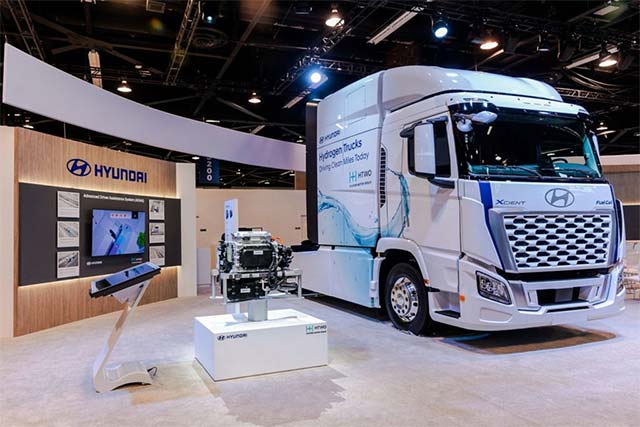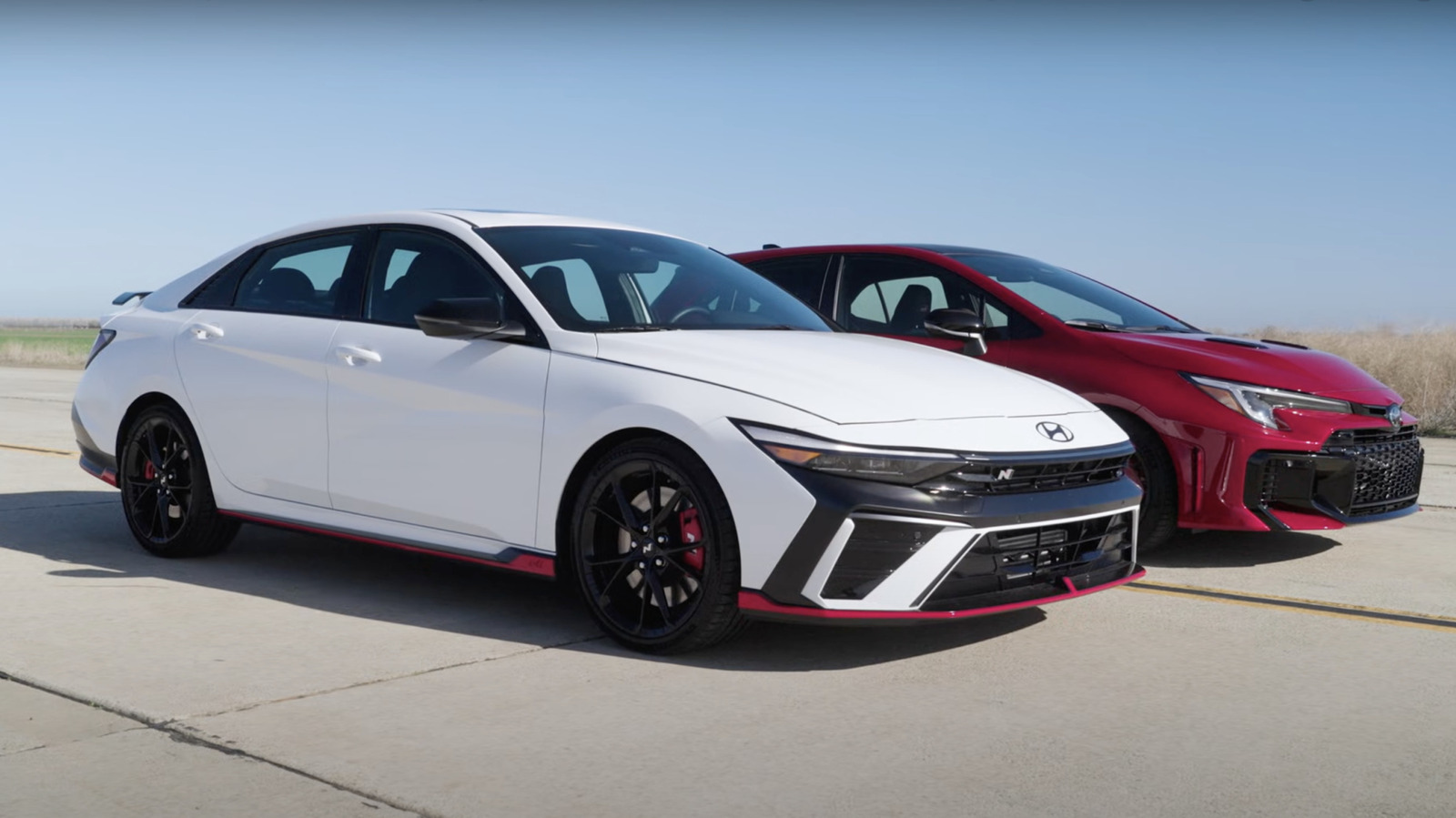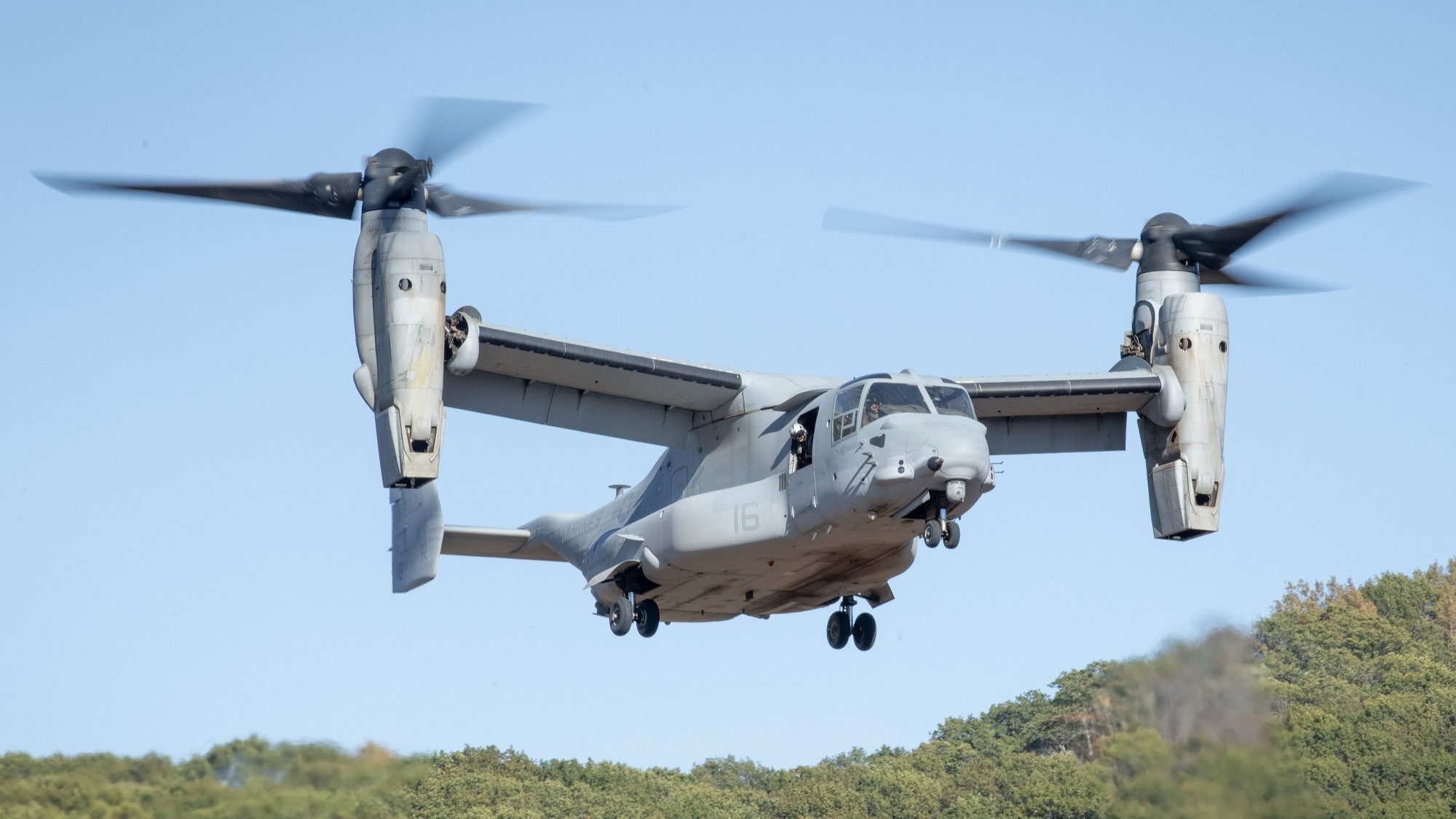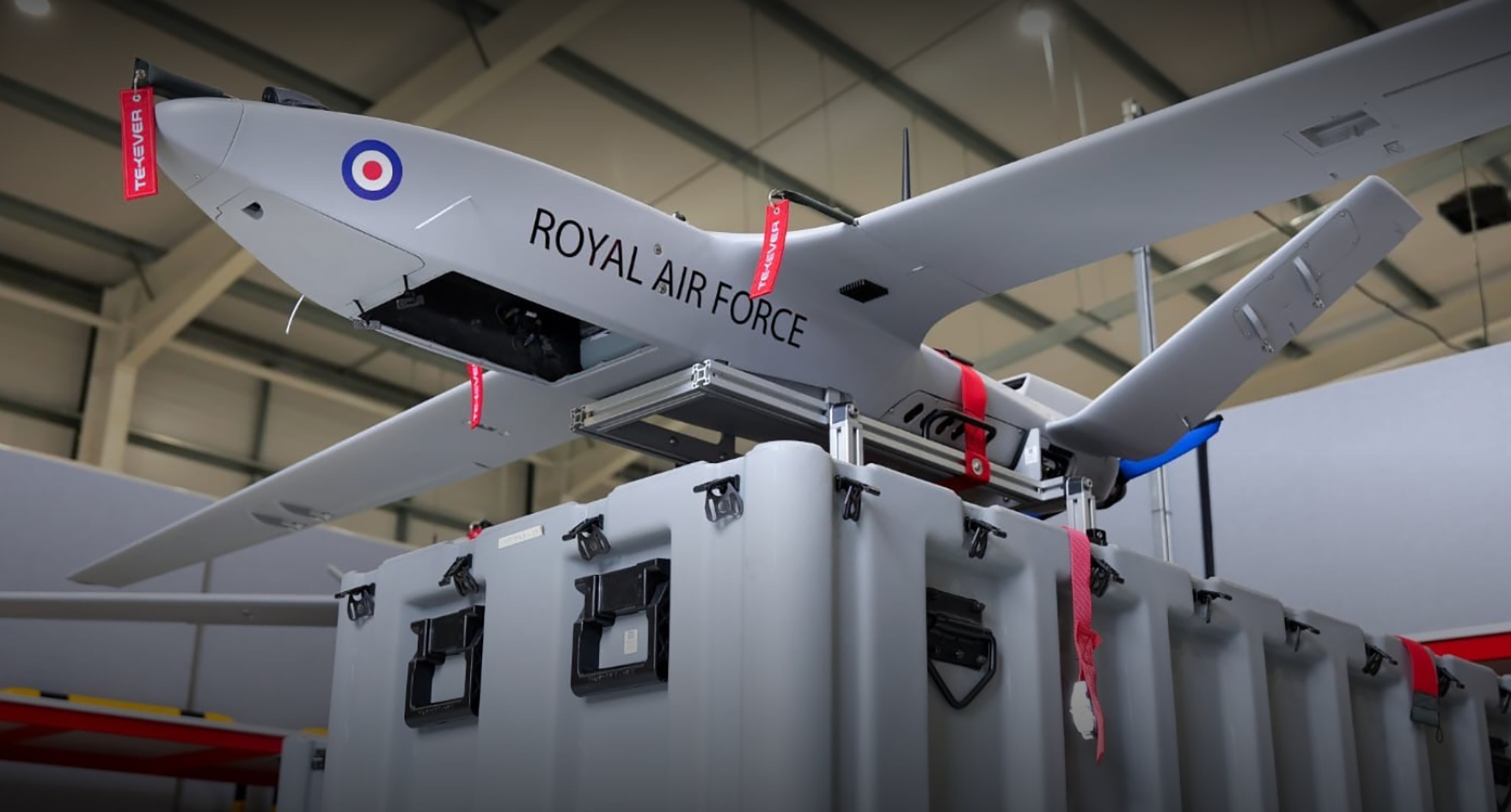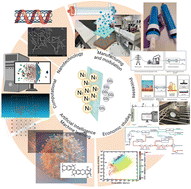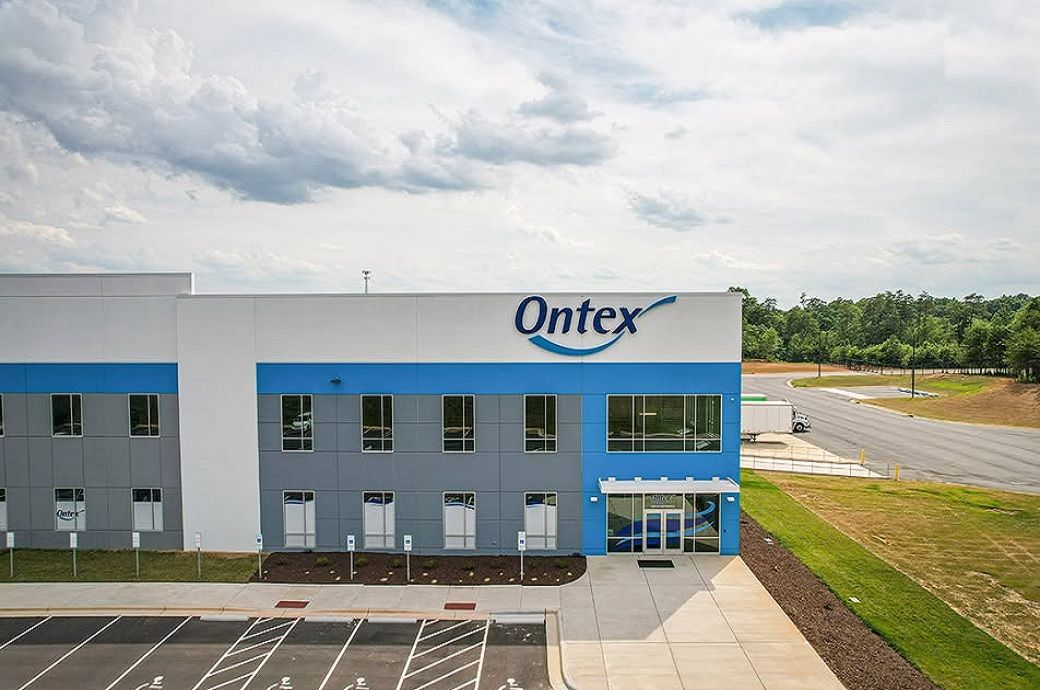Demand for Plate Rolling Continues an Upward Arc
Thanks to continued technological advancements, the use of plate rolling machines continues to expand beyond the aerospace, space exploration, energy and home component market segments and into new industries. The post Demand for Plate Rolling Continues an Upward Arc appeared first on Fabricating & Metalworking.


Plate rolling may not be the first process that comes to mind in metal fabrication, but every tank, vessel, sphere, fuselage, tower, tubular shaft, pipe and any other curved plate component most likely involved a plate roll machine. The technology has come a long way since English iron master Henry Cort first rolled barrel hoops in the late 18th century, and now the early hydraulic machines of the 1950’s have been surpassed by all electric machines augmented with artificial intelligence (AI) that play into almost every industry from aviation to energy.
In aerospace, space exploration and defense, plate rolling machines are critical metal forming technologies. From commercial and private aircraft fuselages and curved components to rocket sections, orbital craft and exploratory space vehicles, the use of plate rolling machines continues to soar.
In North America, the market for small private jets continues as a solid source of work for fabricating shops, and there is a significant order backlog for the major manufacturers of large-body aircraft in America and an even greater demand for small-body commercial aircraft in South Asia, which is a developing market.
In the space sector, steady demand is expected to continue with the recent wave of privatization with companies like SpaceX and similar enterprises taking a lead in space vehicle manufacturing.

For these manufacturers, advanced CNC plate rolling machines, along with automation, allow them to effectively produce parts with highly complex geometries and, in many cases, sophisticated multiple radii. In addition to their inherent complexity, these parts are often made from special alloys that require plate rolling machines with specific features and capabilities to achieve the level of precision required for expensive and flight-safety-critical components.
Aeronautical and space manufacturing is highly specialized with many unique and one-off applications that require specific bending capabilities. With these requirements in mind, plate rolling machine suppliers must tailor machines to a customer’s needs in terms of part shape and plate size as well as thickness and material properties. Additionally, the machine must offer sufficient versatility to avoid being a one-project system.
In some cases, aerospace OEMs want wider plates processed on longer machines to eliminate multiple seams during the vehicle assembly process. Wider plates produce longer cylindrical sections that decrease the number of required welds and/or fasteners. In addition to design benefits, the longer sections save assembly costs by decreasing the number of secondary operations.

To keep pace with the advances in materials and the high-precision, strict tolerance requirements in these sectors, new plate roll technology has emerged. Italian-based Davi, long known for its commitment to research and development, introduced its e-POWER fully electric plate roll machine in 2023 that marked a revolution for the industry.
The e-POWER machine provides manufacturers in high-tolerance processes positioning accuracy of five hundredths, compared to the typical one-tenth precision normally offered. Because there is no hydraulic fluid to push through the system, the e-POWER provides simultaneous movement across multiple axes and executes multiple tasks concurrently.
In addition to aerospace manufacturing, plate rolling technology is in demand for the growing wind energy sector. Onshore North American wind fields and offshore installations in European and Asian waters require bending for towers, monopile foundations, transition pieces and tripod bases. The various steel components typically have diameters ranging between 23 and 50 feet, using plates in a variety of thicknesses from 2 to 7 inches.
Also in the energy sector, oil & gas component manufacturing presents unique and difficult challenges. Platform structures such as jackets, monopiles and tripods require precise rolling of 2” to 10”-thick steel plates in tight diameters. Effective processing and rolling of these massive and expensive workpieces require excellent repeatability to avoid the expense and lost manufacturing time that would occur if a component was scrapped.
To meet the challenge of providing exacting precision on every roll, today’s plate roll machines are equipped with advanced control systems with Artificial Intelligence (AI). These state-of-the-art controls and programs can automatically read radii in real time, compare it with the control and make any necessary adjustments without operator input. Shape-specific control programs are also available to produce particular geometries, such as cones, for example. Those dedicated programs allow shops to manage machine guide position for extremely accurate sheet positioning, and in-process laser measuring system technology tracks and records forming tolerances.

The technology engineered into Davi’s plate rolls, for example, gives manufacturers the precision required for demanding components. The company’s iRoll eXtreme, for example, is an Artificial Intelligence (AI) driven, advanced control system that provides a smartphone experience with ergonomic controls and a high-resolution screen with live 3D interface. The control uses AI to fine tune programs, allows real-time simulation and is Industry 4.0 compliant. The use of such a sophisticated technology makes up for the lack of qualified operators, being a widespread issue in the plate rolling landscape.
To meet the skilled workforce challenge in these sectors, Davi’s iVision technology employs reading/measuring and self-correction through the e-POWER all-electric machine’s CNC to automatically adjust in real time. This streamlines the rolling process and ensures the most accurate results in the shortest amount of time possible as the machine essentially is capable of performing the entire cycle autonomously.
Given the number of conical shapes found in current designs, software programs dedicated to straightforward production are essential. Davi’s iCone is an example of such software that manages the position of pushers and hydro-guides as the sheet is positioned and moves during processing.
Included in the energy industry is a broad range of secondary and ancillary applications. Nuclear reactor vessels and protective sheathing, containers and tanks, pressure vessels and large transport tankers all require plate rolling for component processing.
Plate rolling is also gaining traction with integrators that provide fabricating solutions to manufacturers, fabricators and job shops in a variety of industrial and commercial sectors. The U.S. housing market, for example, is a current hotspot driving plate roll use. A February 2024 market analysis showed a 7.2-million-unit gap between single-family housing construction starts and single-family formations, with household growth outpacing single-family home permits in a substantial majority of U.S. metro areas.
As a result, plate rolling is heavily involved fabricating new home components and appliances. Water heaters and a variety of heating, ventilation and air conditioning (HVAC) equipment along with plumbing components, housings, shrouds – virtually any shape that is curved or cylindrical – requires a plate or an angle rolling machine. If it’s curved or angled metal, a plate or angle rolling machine has probably formed it, and the home construction sector has come to rely on this technology.
Whether an object flies, circles the Earth, generates wind energy, stands in an oil field or helps make houses into homes, plate or angle rolling was most likely part of the manufacturing process. Thanks to continued technological advancements, the use of plate rolling machines continues to expand beyond the aerospace, space exploration, energy and home component market segments and into new industries.
The post Demand for Plate Rolling Continues an Upward Arc appeared first on Fabricating & Metalworking.











